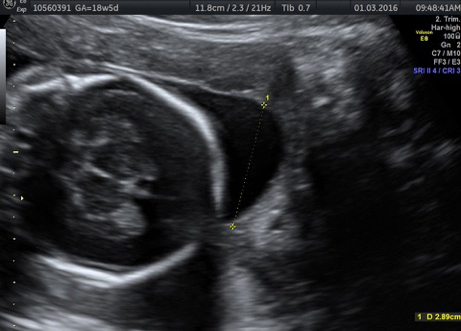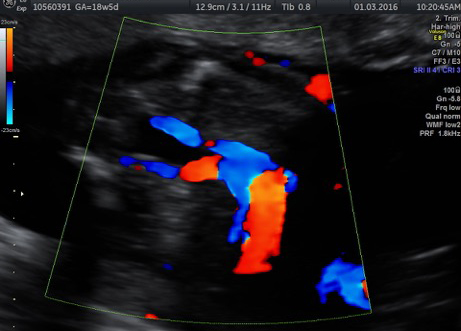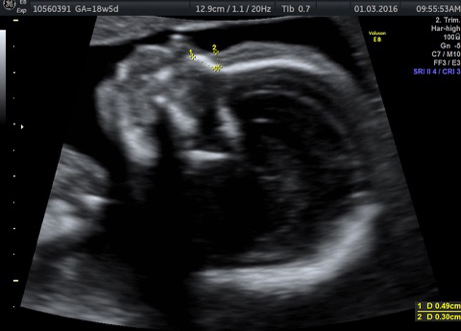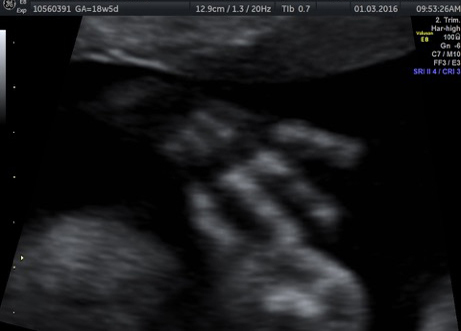Premature or preterm labour is when you have labour pains which opens and shortens your cervix before 37 weeks of gestation.This leads to the baby being born too early.
About 1 in 10 babies are born premature.
Common risk factors are poor nutrition, infections (urinary or vaginal), smoking, previous history of preterm labour or mid trimester miscarriages, cervical surgeries, abnormalities of womb, overdistension of the womb (multiple pregnancy, increased liquor), low socioeconomic status.
However, anyone including women who are pregnant for the first time, may have preterm labour even in absence of apparent risk factors.
When the babies are born before 34 weeks, their lungs are still immature and therefore may have breathing problems requiring Neonatal ICU care. They may be weak and are at a higher risk of infections and may have feeding and sucking problems. The mail problem however is the risk of neuro… mental delay and cerebral palsy.
In premature babies the risk decreases, the closer the baby is to its expected due date.
Cervical screening by a transvaginal ultrasound is done universally for all women at 22-24 weeks. The length of cervix is measured in a mid saggital plane. The normal length is generally> 25 mm. We routinely perform a transvaginal ultrasound for all pregnant women at various points of time during the pregnancy to assess risk of preterm labour (11-13 weeks, 18-24 weeks). Sometimes we will take additional measurements using a new software available on the machine which measures the softness of the cervix. For the patient, it will be just additional three minutes scanning with this new technique
This is a new method under evaluation in which by the ultrasound we shall assess the softness of your cervix (mouth of womb). We hope that it will help us in predicting well in advance, the risk of you having preterm labour.




























